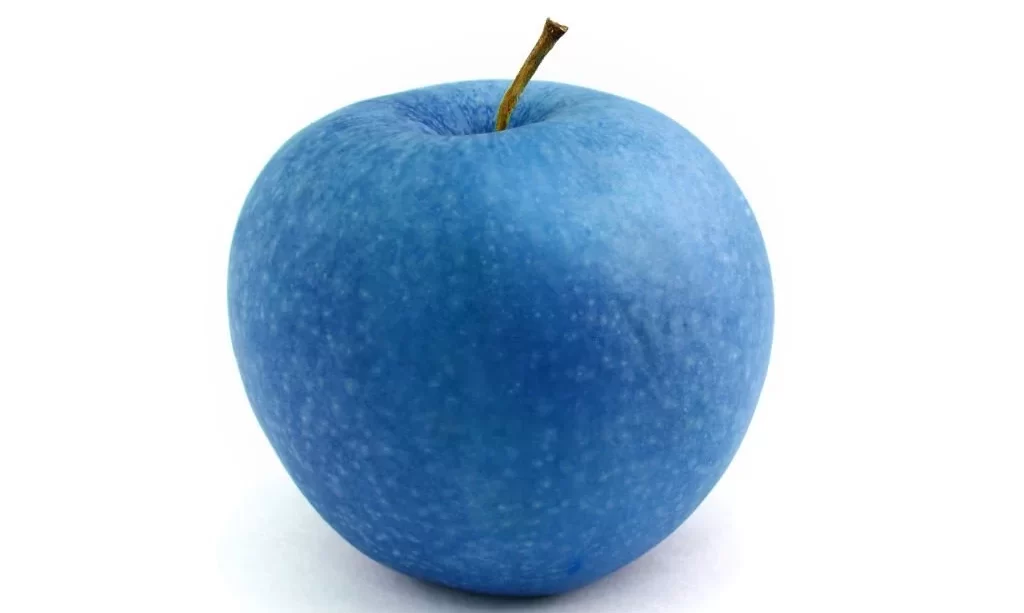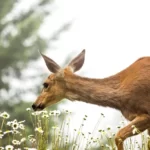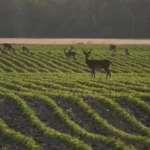In the world of gardening and fruit enthusiasts, a curious question often arises: Do blue apples really exist? This intriguing inquiry has captivated the imaginations of many, sparking debates and stirring up myths. In this article, we embark on a quest to uncover the truth about the existence of blue apples. Are they a horticultural enigma or simply a product of folklore and fancy? Let’s delve into this captivating mystery and separate fact from fiction.
The Mystery of Blue Apples
The allure of blue apples lies in their elusive and enigmatic nature. Unlike the familiar reds, greens, and yellows that adorn orchards and markets, blue is a color rarely associated with fruit. This rarity has shrouded blue apples in a cloak of mystery, making them the stuff of legends and whispered tales. From ancient folklore to modern discussions, the concept of blue apples has intrigued generations of fruit enthusiasts. But what is it about the color blue that adds an extra layer of fascination to these fruits? To unravel this mystery, we’ll first dive into the science behind fruit colors and explore why blue is such a rare and intriguing hue in the natural world.
The Science of Fruit Colors
The vibrant hues of fruits, including the luscious red of strawberries and the sunny orange of oranges, are not random occurrences but rather the result of intricate chemical processes. Fruit colors are primarily determined by pigments, and in the case of blue, the story revolves around anthocyanins and carotenoids. Anthocyanins are responsible for producing red, purple, and blue colors in fruits, but it’s important to note that true blue is relatively rare in the natural world. This scarcity arises from the limited presence of blue pigments in fruits. While there are ample reds, yellows, and oranges, true blue hues are far less common. This inherent rarity is a crucial factor in the quest to discover whether blue apples can exist naturally.
Natural vs. Man-Made Blue Apples
As we venture deeper into the exploration of blue apples, it’s essential to distinguish between naturally occurring blue apples and those that may be the result of genetic modification or artificial coloring. While the idea of blue apples may seem fantastical, it’s worth noting that Mother Nature occasionally surprises us with unusual fruit colors due to genetic mutations. However, these occurrences are exceptionally rare, and finding a naturally blue apple in the wild remains a formidable challenge.
On the other hand, there have been endeavors to create blue apples through genetic engineering or by applying food-safe dyes or coatings. These efforts can result in apples with a blue appearance, but they raise important questions about the authenticity of such fruits. Are they truly “blue apples,” or are they simply apples that have been altered to look blue? The distinction between natural and man-made blue apples adds another layer of complexity to our quest for the truth behind these elusive fruits.
The Quest for Blue Apples
The pursuit of blue apples has led to various scientific endeavors and experiments. Researchers and horticulturalists have embarked on a quest to create or discover blue apples. These efforts often involve breeding programs aimed at introducing or enhancing the presence of blue pigments in apple varieties. Despite the dedication and enthusiasm of those involved, the road to blue apples has been riddled with challenges. The scarcity of natural blue pigments and the complex genetics of apple trees make the creation of blue apples a daunting task. Nevertheless, the quest continues as scientists strive to unlock the secrets of nature and bring the dream of blue apples closer to reality.
The Verdict on Blue Apples
So, after our exploration of the science, the mysteries, and the quests, what is the verdict on blue apples? The truth is that, as of now, blue apples in their natural form remain incredibly rare, bordering on mythical. While there have been instances of fruits with bluish hues due to genetic mutations, a truly blue apple akin to the color of the sky or the ocean is an extreme rarity in the natural world.
However, in the realm of human ingenuity and experimentation, man-made blue apples do exist, but they are typically the result of genetic engineering or the application of food-safe dyes. While these creations may resemble blue apples, they often lack the complexity of naturally occurring fruits.
Conclusion
In the world of gardening and fruit aficionados, the question of blue apples has stirred the imagination and curiosity of many. The journey to uncover the truth behind these enigmatic fruits has taken us through the science of fruit colors, the distinction between natural and man-made creations, and the ongoing quest by scientists to bring blue apples into existence.
Ultimately, the verdict on blue apples is a complex one. While nature occasionally surprises us with shades of blue in fruits, finding a truly blue apple remains a remarkable challenge. The allure of blue apples lies in their rarity and the quest to understand and replicate this natural wonder. So, as you ponder the existence of blue apples, remember that the mysteries of the natural world continue to captivate and inspire, offering a tantalizing glimpse into the infinite wonders of horticulture and science.



